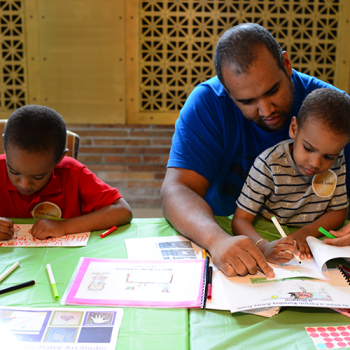
9 Apps for Parents
PUBLISHED:Resource Summary
Nine easy discussion starters for parents of the App Generation:
1. Name and Notice Thinking
Use the language of thinking to name and notice the thinking your child is using and thus make it more visible. I like how you have used what you already know to make connections. That’s a perspective I hadn’t thought about.
2. Develop a Growth Mindset
Develop a growth mindset in your child by focusing your praise on process, learning, and effort (You really worked hard on this and have learned a lot. You’ve really developed as a musician.), as opposed to ability (You’re so clever. You’re good at math.)
3. Challenge but Don’t Rescue
When your child encounters difficulties, don’t jump in to solve the problem and rescue him/her. Instead, ask questions that will help him/her to think through the problem, identify, and choose a course of action to moving forward.
4. What Questions Did You Ask Today?
Our questions drive us as learners. Instead of asking your child, “Did you learn anything today?”, you could say, “Did you ask a good question today?” This will encourage your child to be more invested in the types of questions they ask at school.
5. Focus on the Learning Over the Work
Learning is the goal of an assignment. Take a moment to ask your child what the purpose of each homework assignment is, what do they think the teacher wants them to learn and get better at as a result. Then monitor the learning, not the work.
6. Support Your Child in Arguing Effectively and Persuasively
Research has shown that teenagers who argued constructively with their parents by building a case and providing evidence for their position were more enabled to speak up, voice an opinion, and use evidence in other facets of life.
7. Provide Time to Pursue Passions
Students need time and space to pursue their passions and interests. Pay attention to your child’s learning and passions outside of school and make time for them.
8. Make Your Own Thinking Visible
You are a model for your child of what it means to be a thinker and a learner. Model your own interests, passions, curiosity, reflection, learning, and thinking for your child.
9. What Makes You Say That?
By simply asking, “What makes you say that?”, in a curious and non-judgmental tone after someone has given a response, we are able to get a window into the thinking behind that person’s initial response.

-
-
-
-
-
-
Support PZ's Reach